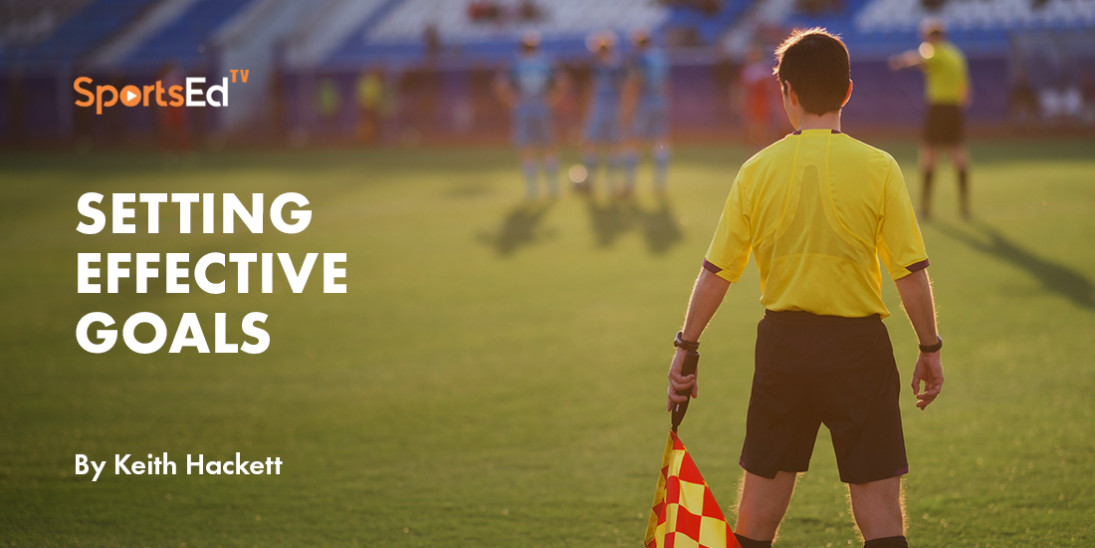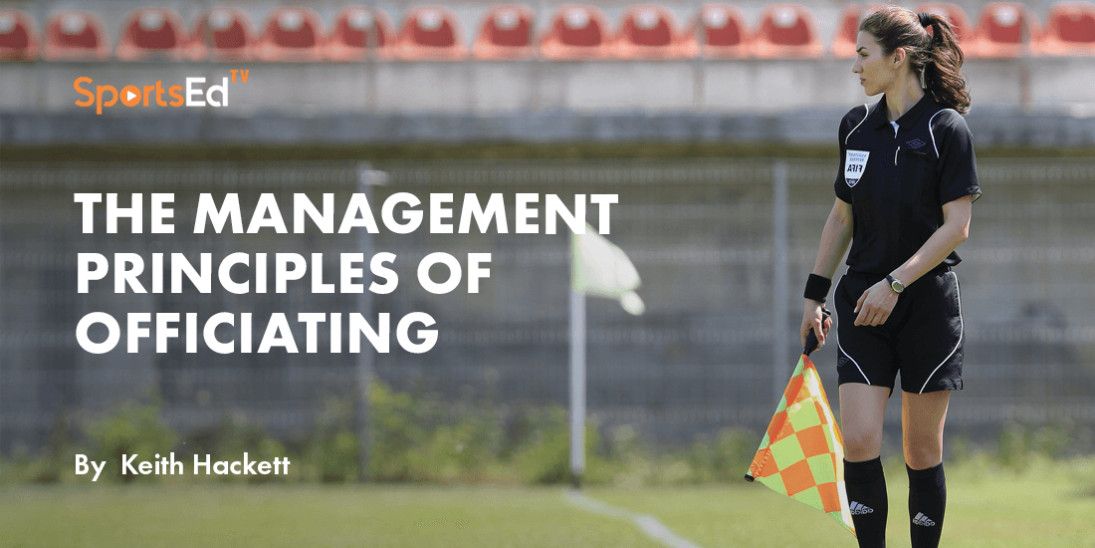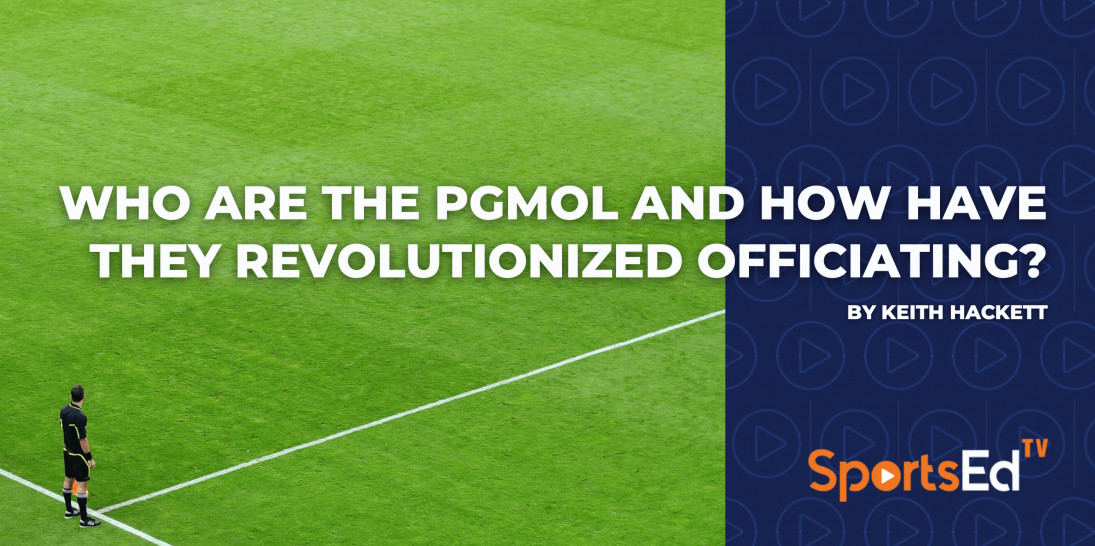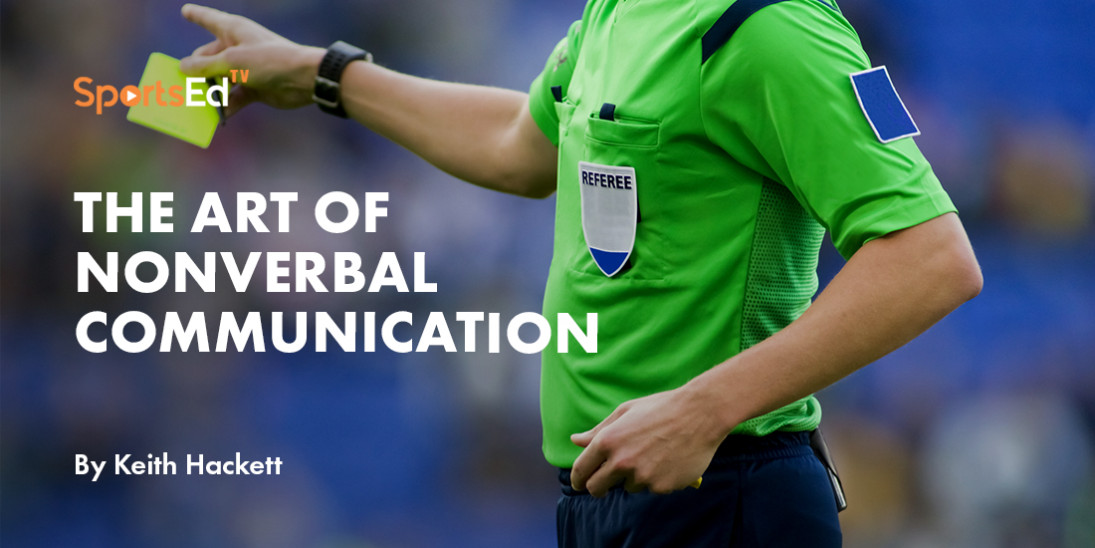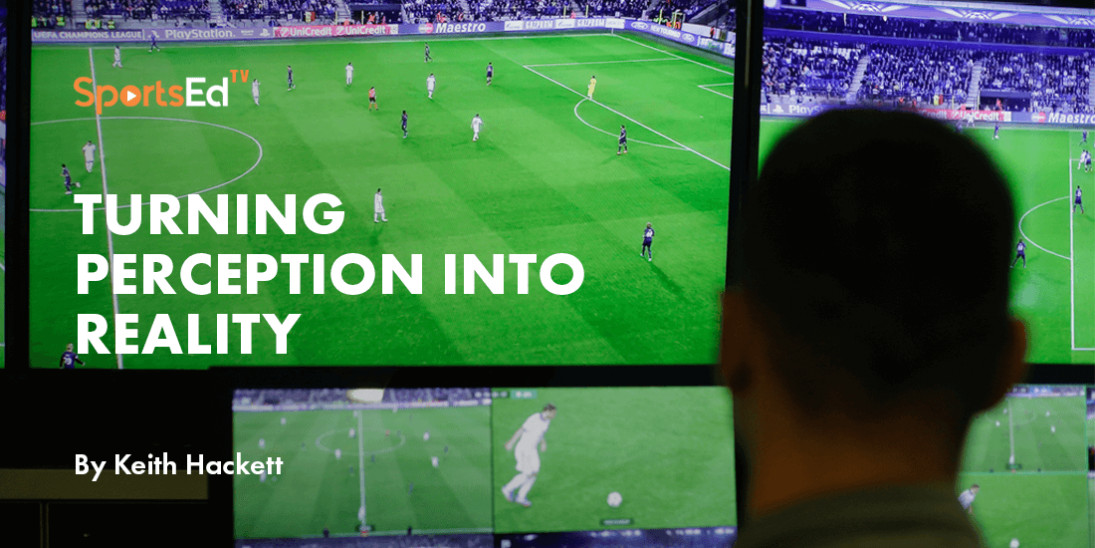Soccer
Welcome and thanks for visiting...

What Makes A Great Referee?
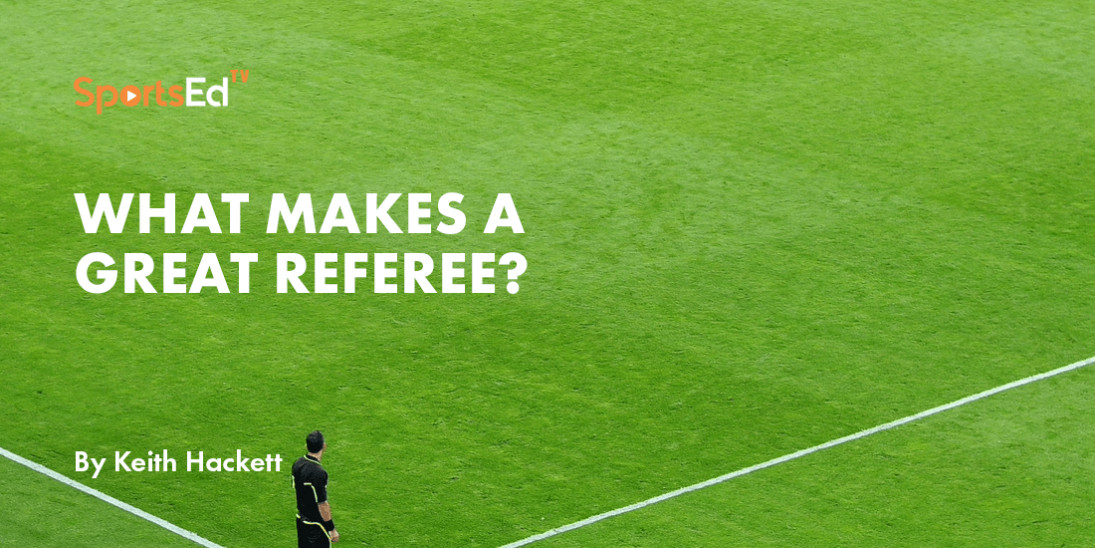
Development of a referee
The development of a referee is a continual process in the pursuit of excellence. Referees must deliver accurate judgments regarding physical challenges and the correct application of the laws. They must be able to manage conflict and the various behaviors and temperaments of the players, while often operating in physically demanding environments, such as high heat, high altitudes, etc.
At the elite level, every decision made is forensically examined with everyone attempting to turn those subjective decisions to their benefit.
Interpretation of a handball and the player making his body shape bigger is a judgment call that demands the referee to be in almost the perfect position to see, recognize, think and act before awarding a free kick or penalty kick.
With a minimum of twenty-two cameras at Premier League games available to the television production team, the producer, at the press of a button in the studio, can produce a viewing angle on television and the big screens in the stadium, which are not available to the referee, and expose the official's error. That is why the use of technology is so important.
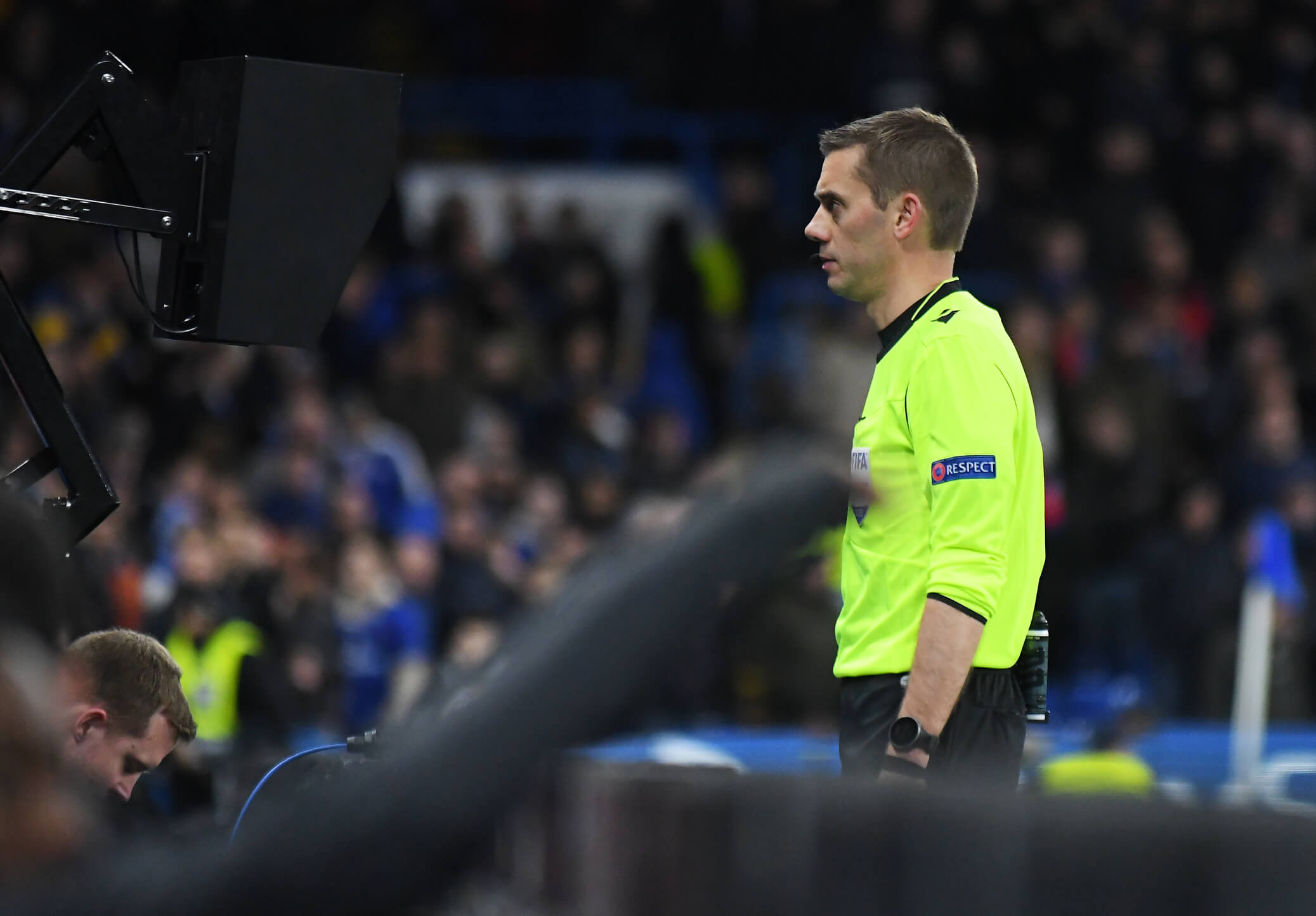
Training match officials in workshop groups to go through video review and discussion is so important to ensure that the appropriate criteria of the VAR operation are accurate.
Particularly when there is an intervention and a request for the Referee to view the pitch side monitor.
However, in this article, I want to answer a question that I am often asked.
What makes the difference between a good and a very good referee?
My answer PRESENCE
Presence is the projection of a referee’s positive personality using non-verbal communication.
Referees need to project
- Confidence/Self-assurance/Decisiveness
- Sense of ease (emotional control)/ Enthusiasm
Presence is not a fixed definable quality but rather a process of continuous growth and change that takes place before the eyes of the players.
The challenge is to continually project the right image by being vitally aware of the signals you are sending to others.
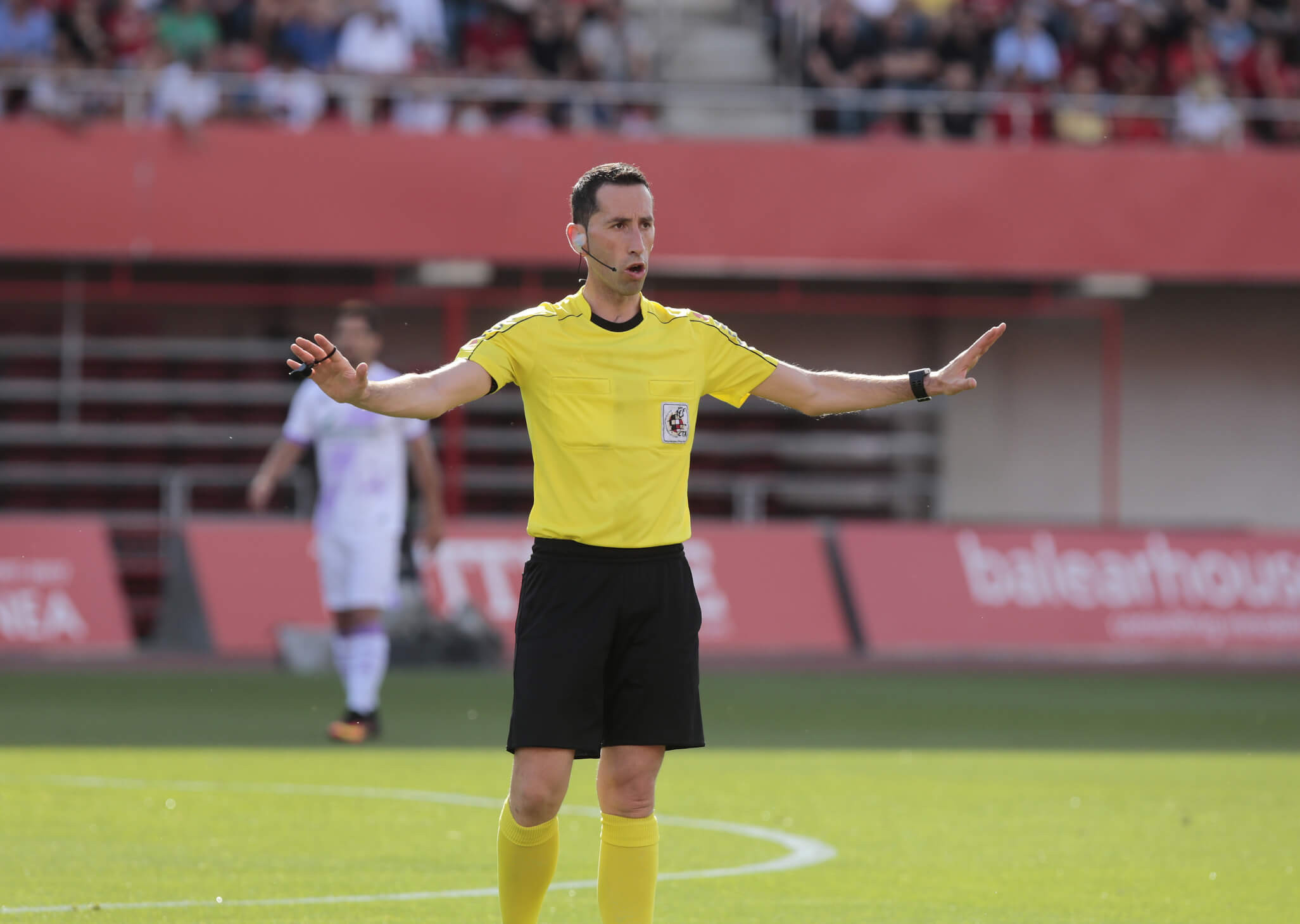
The quality of presence is enhanced by the signals the referee sends but diminishes if any of the elements are not successfully transmitted.
(i.e., there are different levels of presence. The better the referee is at transmitting these signals, the more rewards he gets in easier match control).
How To Achieve Presence As A Referee
Eye contact - If you are looking to ensure that someone receives the message, ensure that you are making eye-to-eye contact. Gaze aversion, such as looking at the ground while cautioning a player, is a signal of a lack of confidence.
Nervous mannerisms – Avoid them. For example, I often see Referees chewing like mad before the kick-off.
Control of voice - Barking at players sends a lack of respect so vary your voice levels. The quiet word on the run, as opposed to the public rebuke, are both areas where you need to control your voice levels.
BODY LANGUAGE - PRESENCE DECISIVENESS
- Speed of decision-making
- Sharpness of signals
- Correctness of action
- Ability/Willingness to admit
- Early advantage and a strong call
BODY LANGUAGE- PRESENCE SENSE OF EASE
- Control of emotions
- slow to anger
- Appropriate visual response to incidents
- when to smile
- when to turn on the mongrel face
- Willingness to talk when appropriate
- Controlled urgency
- Empathy
BODY LANGUAGE PRESENCE ENTHUSIASM
- Physical activity
- Sparkle
- The show must go on
- Facial alertness
R
eferees are similar to actors on the stage. They must project clarity and certainty in what they are stating, or they risk confusing and losing control of the match.
Enjoy your officiating.




